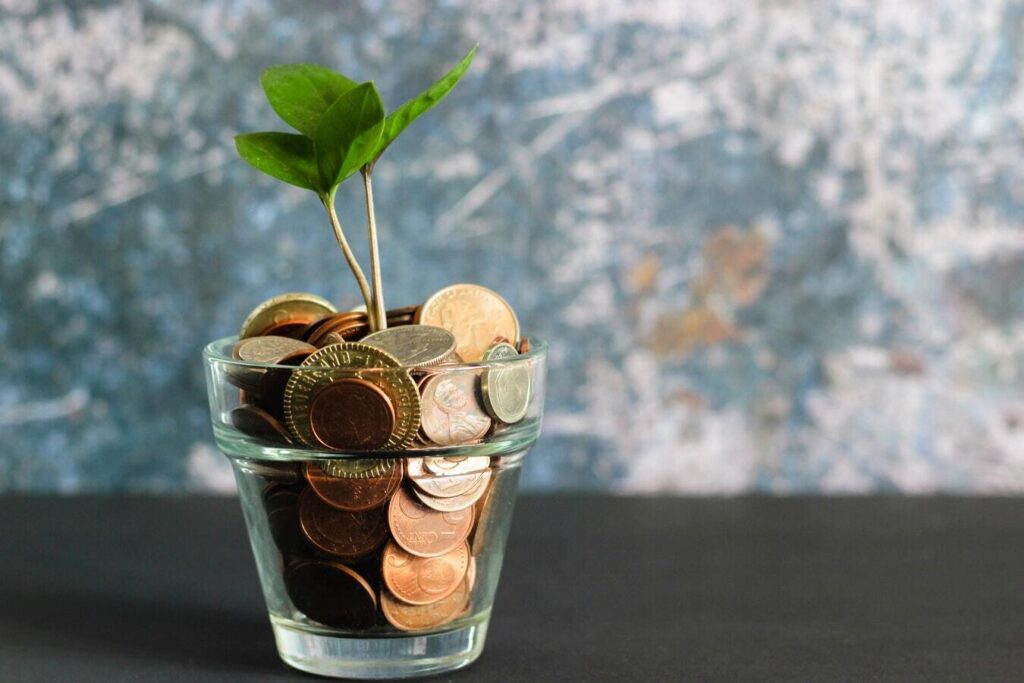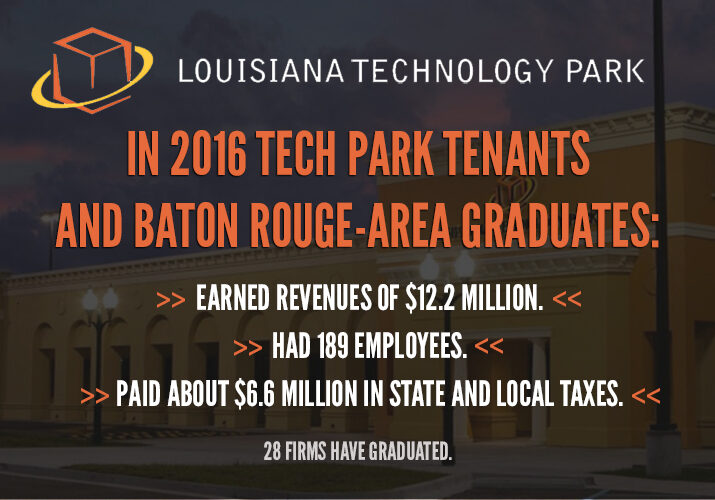The total economic impact of the unprecedented COVID-19 global pandemic is yet to be seen. Businesses around the world have been forced to shut their doors, and demand for many goods and services has ground to a halt. This has many business owners facing uncertainties in ensuring they have the cash flow they’ll need to fund business operations over the coming months.
While Governor John Bel Edwards has a statewide Stay-Home Order in effect to curb the spread of the global threat, many small to midsize business owners in Louisiana are rightfully concerned about the fate of their businesses and the people they employ. On March 26, Louisiana Tech Park presented a virtual edition of its monthly Tech Park Academy to answer questions business owners have about the newly approved SBA Economic Injury Disaster Loan (EIDL) created in response to COVID-19.
In the one-hour recorded webinar, Bryan Greenwood, Associate State Director-Programmatic of the Louisiana Small Business Development Center, and Susheel Kumar, Public Information Officer for the U.S. Small Business Administration’s Office of Disaster Assistance, guided anxious business owners through the details of the loans being offered and the process for applying for, obtaining and maintaining a new SBA loan.
Please note that the information provided in the presentation is accurate as of the time of the recording on March 26, 2020. However, new legislation regarding disaster assistance is being shaped as the crisis plays out. Details of these loan opportunities are subject to change. For guidance on loan terms and applying for an SBA loan, please visit https://www.sba.gov/funding-programs/disaster-assistance.
What is an Economic Injury Disaster Loan?
The Economic Injury Disaster Loan Program is “the lender of last resort, post-disaster for those businesses that have suffered economic injury,” Kumar says. “This particular crisis is so unprecedented, unparalleled that the needs of the business owner are acute.” Business owners need to obtain the capital they need as soon as possible, he said.
The maximum loan amount available to impacted businesses is two million dollars. The interest rate for businesses of all sizes is a fixed 3.75% over a maximum term of 30 years. There are no fees, no points or no closing costs, and eligible, approved businesses may be fronted up to six months in working capital to protect them against the economic consequences of this global disaster.
Unlike traditional SBA loans that are bank funds lent with an SBA guarantee, these sums of money come from the U.S. Treasury directly. Approved borrowers can expect to see funds in their business account between 25-30 days from the time the process starts, but that’s dependent on the submission of a complete loan application package.
What businesses are eligible and what can the funds be used for?
Eligible businesses must be located within the declared disaster area that covers all 64 Louisiana parishes and must have suffered substantial economic injury. This means the business is unable to meet its obligations and to pay its ordinary and necessary operating expenses.
EIDLs help mitigate the damages caused by these disasters by quickly injecting businesses with the working capital they need to help resume normal operations and pay their operating expenses. In applying for an EIDL, businesses must disclose information about payments due to all of their vendors and creditors.
Funds received in the loan are to be used to meet current financial obligations for operating expenses, which would have been paid had the disaster not occurred. These include paying vendors and suppliers, payroll, making fixed debt payments and extraordinary expenses caused by the disaster. They are not meant to be used to pay long-term debt, to replace lost revenue or profits, or to fund business expansion or changes in the business model.
“In this particular unprecedented crisis, my role is to encourage all supply chain businesses to apply and find out,” Kumar says. “Basically, one man’s payables is another man’s revenue source and people up and down the supply chain are affected. If you feel like you’re being damaged, feel free to apply. Please apply.”
What do you need to apply?
Several documents must be signed, reviewed and approved before loans will be dispersed, but SBA representatives are available to help business owners complete the process. Financial information from the prior corresponding monthly period will be used in determining the amount of financial impact your business incurs as a result of the disaster, and this amount will be used in assessing the amount businesses are eligible to borrow.
The filing requirements for these loans include:
-
Completed application (SBA Form 5)
-
Tax Information Authorization (IRS Form 4506T) for the applicant, principals and affiliates
-
Complete copies of the most recent federal income tax returns for the applicant business; and an explanation if not available
-
Personal Financial Statement (SBA Form 413)
-
Schedule of Liabilities (SBA Form 2202)
How do I get started?
Kumar and Greenwood worked to answer many of the questions concerned business owners had during the presentation and gave instructions on navigating the loan application process. If you missed the event, you can watch the full webinar here.
To start the application process, visit https://disasterloan.sba.gov/ela/.




